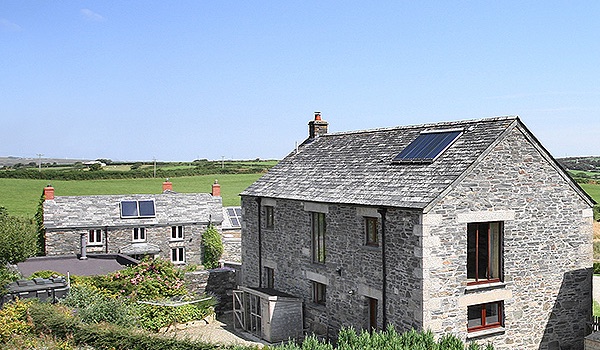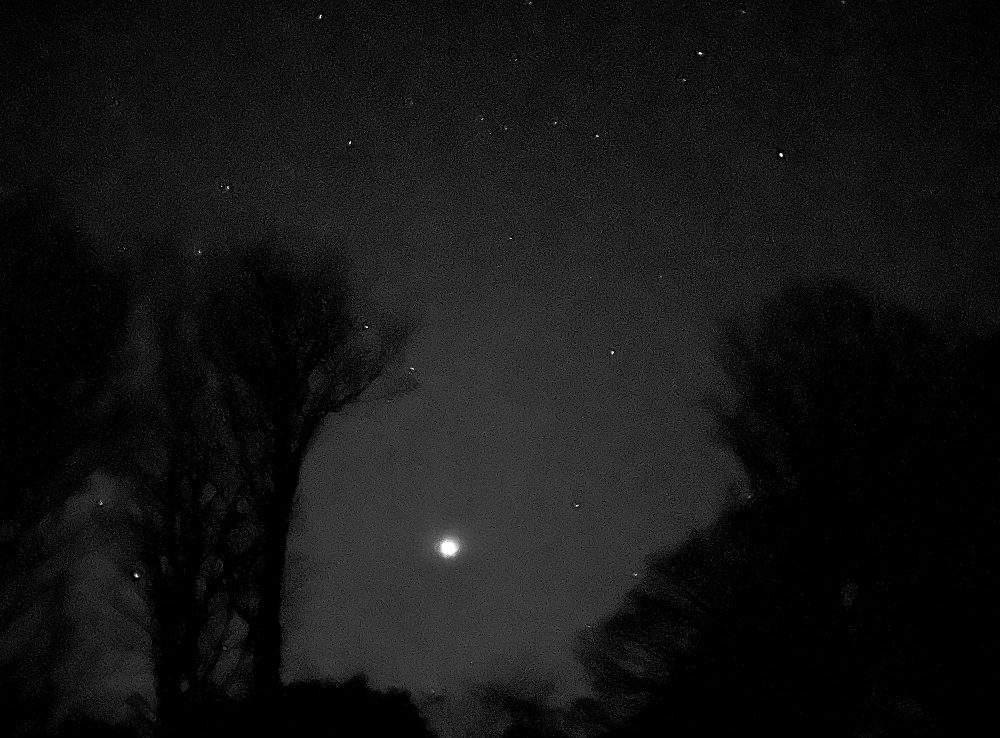How to go Stargazing
The Wildlife Trust recently posted a guide called How to go Stargazing. Here is a summary of their advice so that you can enjoy the wonderful starry skies down here in Cornwall. Helsbury is located in the Bodmin Moor Dark Sky Park, making it an ideal place to go stargazing. The image above shows Jupiter glowing brightly in the January night sky taken on an iphone.
First, make sure to be prepared. At night it is bound to get cold so make sure to wrap up warm and wear layers. You will also need something to sit on like a picnic blanket and you will need a compass so that you know which way you are looking. On top of this, you might want to bring something hot to drink in a flask and some snacks. For the artists and non-artists alike, bring a sketchpad so you can draw the beautiful night sky!
Stargazing Apps
If you think you will need some extra help, you can download a stargazing app to help you pinpoint which constellations you are looking at. This may be particularly helpful for first time and novice stargazers who haven’t quite mastered the craft. The one we use is called Stellarium. Remember, once you are ready to stargaze, turn your phone and any other lights off so that your eyes can adjust to the dark and you can see the stars.
When stargazing, start at sunset, we have some beautiful sunsets here in Cornwall that you don’t want to miss. If you’re lucky, you may see a shooting star! Interestingly, shooting stars are not actually stars. They are caused by tiny pieces of dust and rock called meteoroids falling into the Earth’s atmosphere and burning up. The trail of light the meteoroid produces is called a meteor which is often known as a shooting star.
Constellations
If you are stargazing, you are probably going to want to see a constellation. Some you might want to look out for include Orion’s Belt; look towards the southwest and then look out for three bright stars close together and then two stars to the north and to the south. Another is Canis Major (greater dog) which you should be able to see by looking down and to the left of Orion’s Belt. It should be easy to spot as it includes Sirius, the brightest star in the sky.
You are also likely to see satellites. You can tell they are not stars as they will be slowly moving across the sky and will not be flashing. Now you have all the information you need to get started, have fun stargazing!
The Wildlife Trust is a charity that works to protect nature whilst also strengthening humans’ relationship with it. In Cornwall we have an abundance of wildlife at our finger tips, and above our head.


